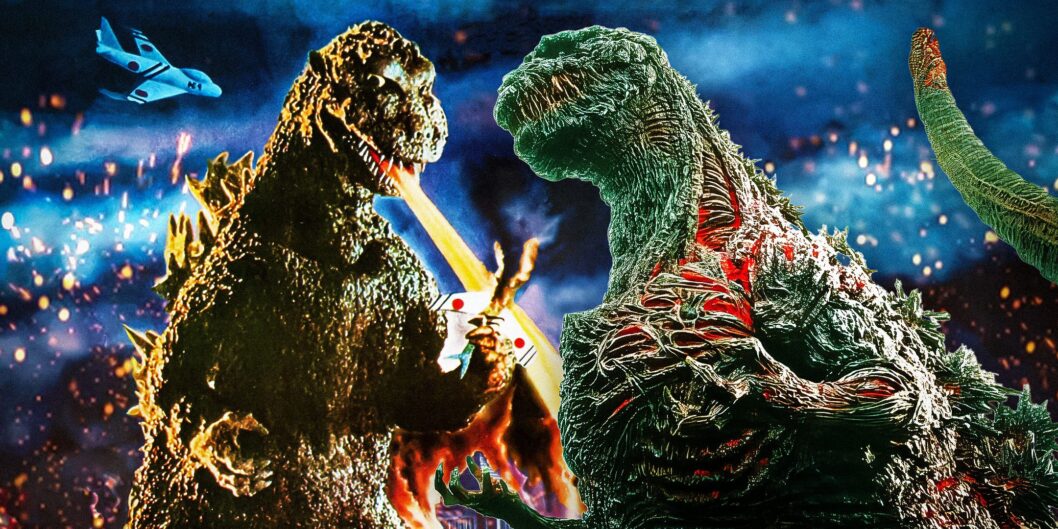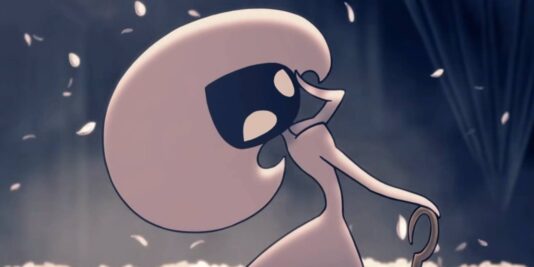Godzilla’s 70-Year Legacy: A Cinematic Journey Through Decades of Destruction and Evolution
As Godzilla approaches his landmark 70th anniversary in 2024, fans and filmmakers alike continue to reflect on the evolution of this iconic creature, born from the ashes of post-war Japan. Since the release of the original Godzilla in 1954, the character has become a cultural phenomenon, navigating various interpretations—from a monstrous representation of nuclear devastation to a misunderstood anti-hero. This retrospective examines the core themes, notable films, and the overarching narrative arc of Godzilla’s cinematic journey.
A Metaphor for Nuclear Fear
In 1954, the original Godzilla was not just a monster movie; it offered a stark metaphor for the horrors of nuclear warfare. Director Ishirō Honda’s depiction of Godzilla as a catastrophic force on Japan resonated deeply, mirroring the societal anxieties of the time. Critics hail this first film as a masterpiece that pioneered the tokusatsu genre, utilizing innovative practical effects that set standards for future monster films. As stated in analyses of the film, Godzilla introduced numerous elements integral to Godzilla’s lore, including his iconic atomic breath and the concept of the Oxygen Destroyer—subsequent films have consistently referenced this enduring classic.
Shifting Tones and Styles
Over the decades, Godzilla films have displayed a remarkable tonal diversity, reflecting changing cultural narratives. The Showa era (1954-1975) featured everything from serious lamentations on nuclear devastation to campy monster battles, the latter giving birth to fan-favorite characters like Mothra. One pivotal entry from this period is Mothra vs. Godzilla (1964), which showcased a shift in Godzilla’s alignment—from pure villain to a complex character, occasionally acting as humanity’s protector against greater evils.
Moving into the 1980s and 1990s, Godzilla became embroiled in increasingly fantastical storylines, with films like Godzilla vs. Biollante (1989) pushing the envelope on themes of genetic engineering. The narrative of this film examined humanity’s relationship with nature, representing a shift from Godzilla’s nuclear origins to a confrontation with bioethical dilemmas.
Climactic Battles and Emotional Farewells
By the time the 1995 film Godzilla vs. Destoroyah hit theaters, Godzilla’s narrative had matured, effectively closing the chapter on the Heisei era. The film presented an emotional farewell to Godzilla, with a plot that linked the creature’s demise to the consequences of humanity’s nuclear past. This theme of cyclical devastation and rebirth resonated strongly with audiences, cementing the film’s status as a classic.
The 2000s were marked by a resurgence of Godzilla films that sought to re-evaluate the creature’s mythos. Godzilla, Mothra, and King Ghidorah: Giant Monsters All-Out Attack (2001) returned Godzilla to a more villainous role while also exploring deeper sociopolitical commentary related to Japan’s wartime history.
Reimagining Horror in the 2010s and Beyond
The 2016 film Shin Godzilla reinvented Godzilla as a body horror film, taking a stark approach to the concept of evolution and destruction. This version depicted Godzilla as a terrifying manifestation of societal fears surrounding nuclear power and disaster response, presenting a Godzilla that was both majestic and horrifying—a far cry from the heroic portrayals of the creature in modern American adaptations.
The latest addition to the franchise, Godzilla Minus One (2023), further revitalizes the character’s legacy. Directed by Takashi Yamazaki, this film has garnered critical acclaim and an Academy Award for Best Visual Effects, showcasing not only ground-breaking visual storytelling but also an emotionally resonant human story. Critics have noted that Yamazaki successfully balances nostalgia for the franchise while injecting fresh perspectives into Godzilla’s enduring lore.
Conclusion: Godzilla’s Enduring Impact
Godzilla’s transformation over 70 years—from a terror-inducing monster to a symbol of complex societal issues—demonstrates the character’s adaptability and relevance. With over 50 films spanning multiple decades, Godzilla remains a powerful cultural icon that continues to captivate audiences worldwide. As filmmakers explore new interpretations for future narratives, the legacy of Godzilla as both a horror figure and a cultural metaphor is likely to endure, ensuring that the King of Monsters retains his place in cinematic history.
In essence, Godzilla is not merely a monster; he is a reflection of humanity’s fears, a reminder of our past, and a harbinger of our potential futures. This enduring legacy ensures that Godzilla will remain center stage for fans and storytellers alike for generations to come.









